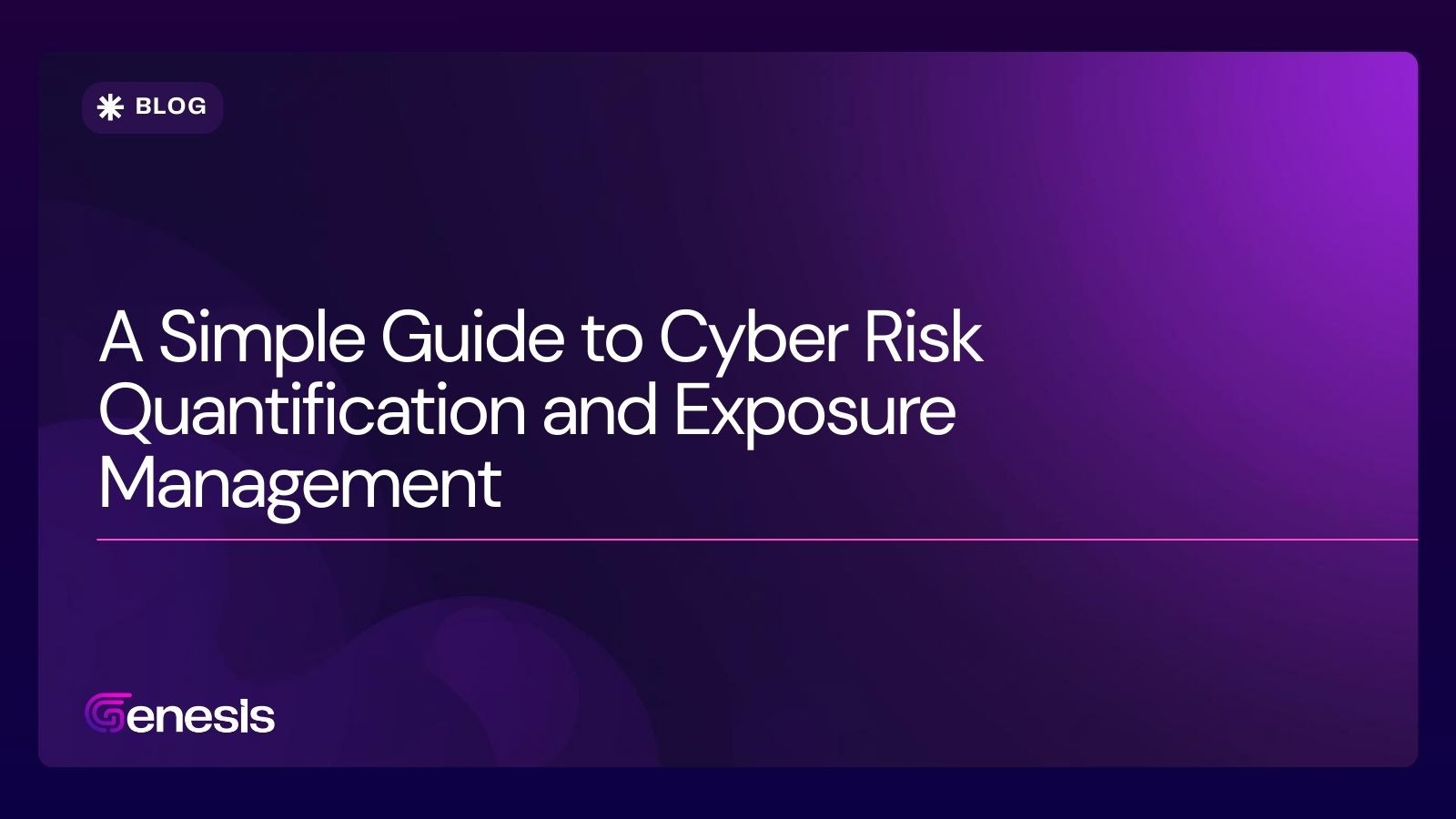Feb 16, 2024

Tanay Rai
Prudential Financial, a major global financial services provider, has disclosed a significant data breach. This breach serves as a reminder of the persistent and sophisticated threats that enterprises face, even those with strong security measures. Here’s a detailed look at the breach, its implications, and its broader impact on the industry.
The Breach:
Prudential Financial, known for services such as insurance, retirement planning, and wealth management, fell victim to cybercriminals. Detected on February 5, 2024, after unauthorized access began on February 4, the breach exposed sensitive data related to employees and contractors. Fortunately, client data was not compromised. Prudential promptly filed an 8-K form with the SEC, providing initial details of the breach.
How Did It Happen?
The specific details of how attackers breached Prudential's systems remain undisclosed. However, it is suspected that a cybercrime group was involved, indicating the sophisticated nature of the attack.
The Aftermath and Response:
Prudential responded swiftly, engaging external cybersecurity experts to contain the incident. The company notified law enforcement and regulatory authorities and assured that no customer or client data was stolen, and the incident did not materially impact its operations.
Industry-Wide Implications:
This incident highlights the ongoing cyber risks facing the financial sector. Companies of all sizes are potential targets, and the importance of rapid response and disclosure is critical. The breach underscores the need for constant investment in cybersecurity measures and training.
Moving Forward:
For Prudential and the broader financial industry, this breach emphasizes the importance of strengthening cyber defenses, raising awareness among employees, and maintaining transparency and swift actions in the wake of cyber incidents.
Introducing Genesis:
Genesis is an AI-powered cybersecurity platform for managing third-party risks. It helps businesses assess and monitor third-party vendors in real time, enhancing the efficiency of risk management processes.







